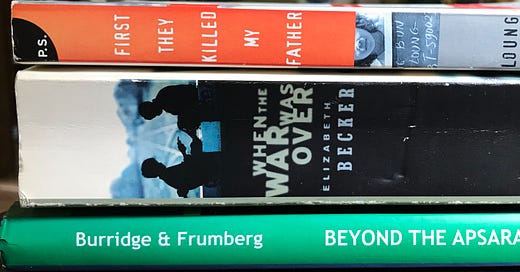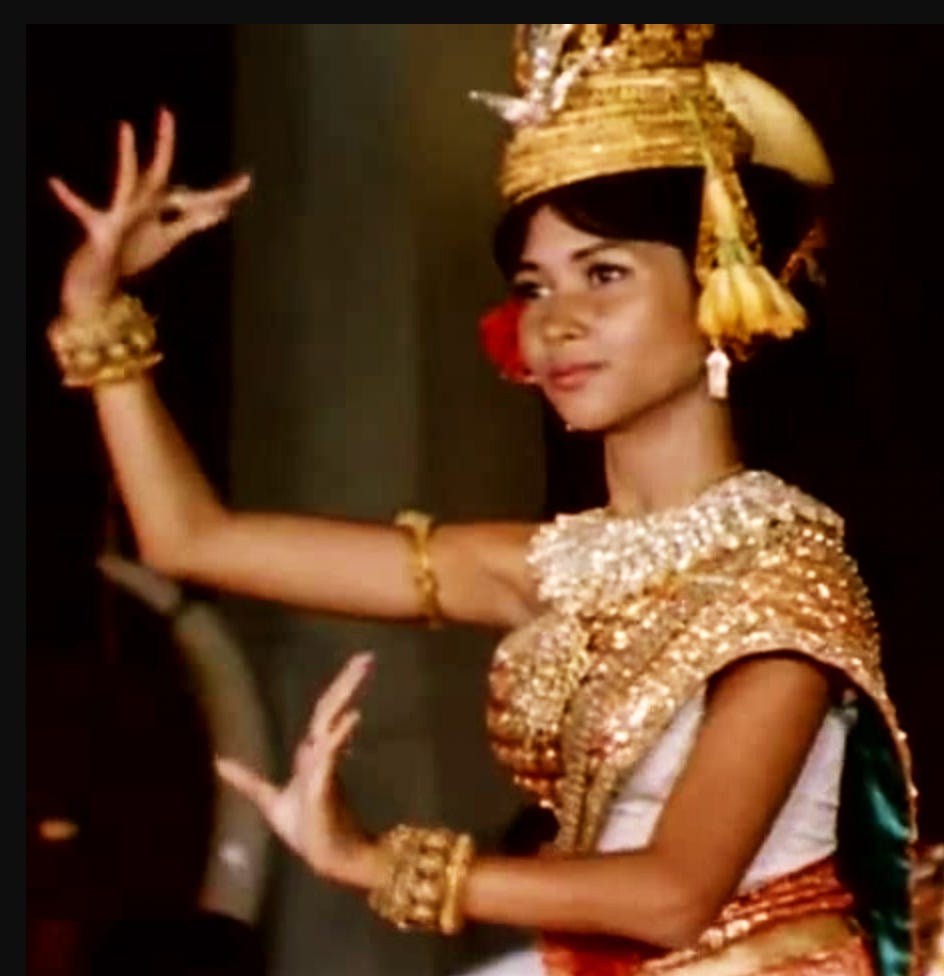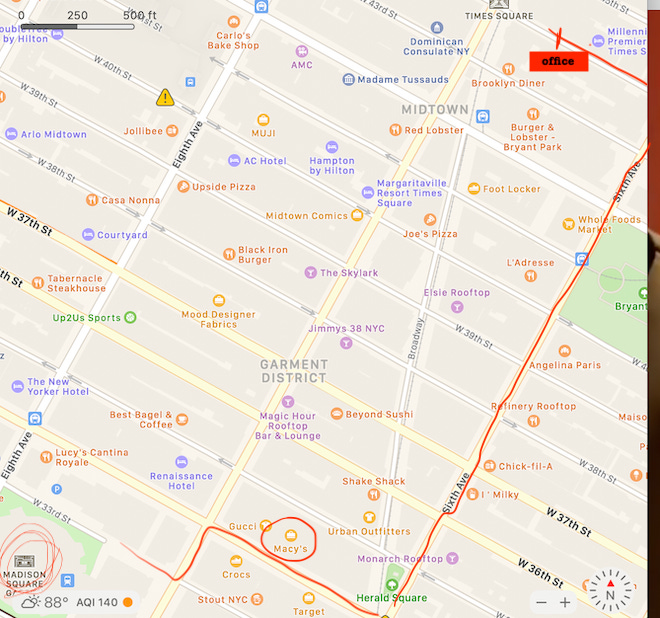Part I - The Apsara Dancers . . . Notes, References, and Shoutouts
(TWISW Supplement #1)
Chapter 1. Last Days Before the End of the World
I first became interested in the story of the Apsara dancers in the late 1980s by reading articles in the newspapers about refugees here in the United States, and through my involvement as a volunteer for Amnesty International, learning then about the work of Arn Chorn-Pond. There are many sources and stories about the Khmer Rouge and Khmer classical dance, and I have only dipped my toe in those waters. Here are some sources I have used (in English).
Books:
Stephanie Burridge and Fred Frumberg (eds.). Beyond the Apsara. Celebrating Dance in Cambodia. Routledge, 2010. (First chapter “Royal Dances of Cambodia - Revival and Preservation” written by HRH Princess Norodom Buppha Devi, who died in 2019.)
Loung Ung, First They Killed My Father. A Daughter of Cambodia Remembers. Harper Perennial, 2000.
Elizabeth Becker, When the War Was Over. Cambodia and the Khmer Rouge Revolution. Public Affairs, 1986.
Organizations:
Bophana Audiovisual Resource Center https://bophana.org/ Twitter: @BophanaCenter
Cambodian Living Arts https://www.cambodianlivingarts.org/ Twitter: @CamboLivingArts
Cambodian Living Arts was founded in 1998 by Arn Chorn-Pond.
Chapter 2. City Strays and Seamstresses
From the spring through the fall of 1988, I took this walk up 6th Avenue twice a week. I was a volunteer with Amnesty International’s Human Rights Now! Tour, and took Amtrak down from Hartford, CT to NYC very, very early every Tuesday and Thursday morning, fueled by idealism and high hopes of meeting Peter Gabriel. (I did speak with him once on the phone.) I never accepted any flyers.
For the rock scene dynamics, I’ve drawn on my admittedly limited experience of being a wannabe backstage at the Human Rights Now! Philadelphia concert in September of 1988, with some artistic license, of course. My first novel, Beautiful but Unlikely, is based in part on my time on the Amnesty tour.
“Yellowbird” was picked for the name of Jay’s group, as yellow birds have often been used as a symbol of hope. Operation Yellowbird, for example, was the codeword for the Hong Kong-based operation to help Tiananmen Square protesters escape overseas via Hong Kong.
Jay gets a ride around the track with Justin Mayer, a small nod to the late British Formula 1 and IndyCar driver, Justin Wilson, who died from his injuries after being struck by flying debris from an accident on the Pocono Raceway in 2015.
Chapter 5. The Apartment on 6th Avenue
The dancing in the dark reference is taken from Amitav Ghosh’s Dancing in Cambodia, At Large in Burma. New Delhi: Ravi Dayal Publisher, 1998, and most particularly from: http://mrsanguine.blogspot.com/2006/09/living-apsaras-of-cambodia.html).
Top Image: Photograph by J. Weigley






